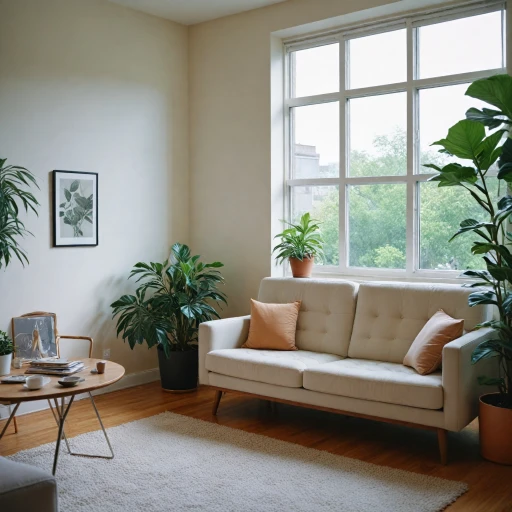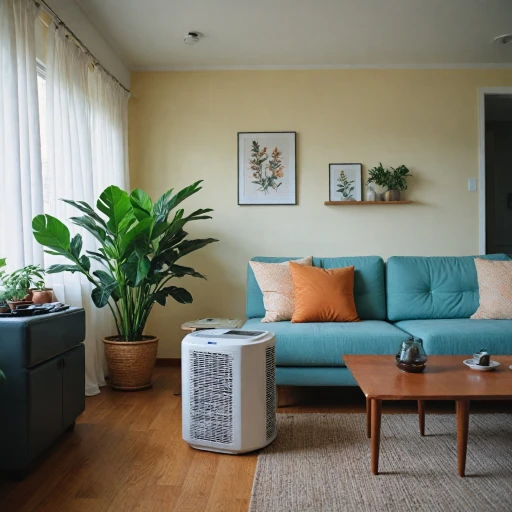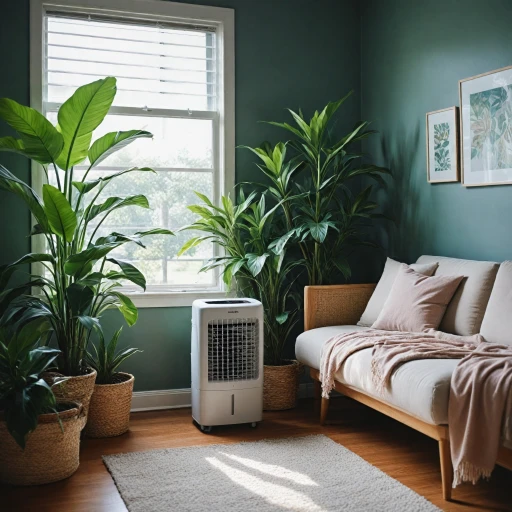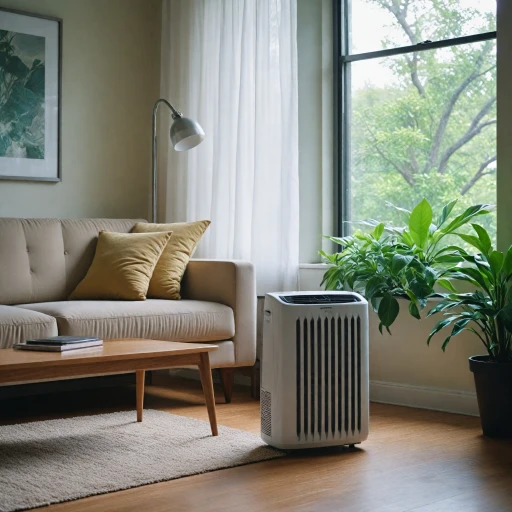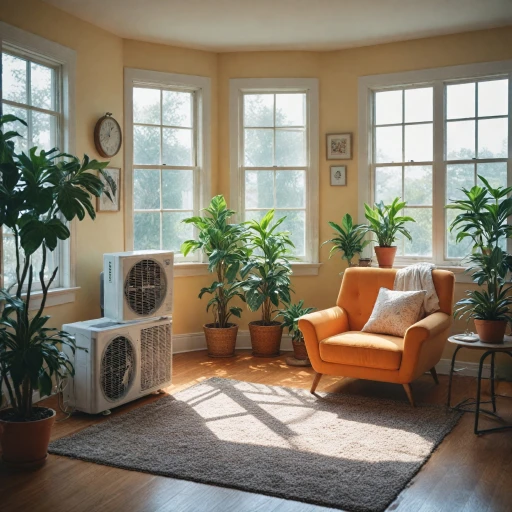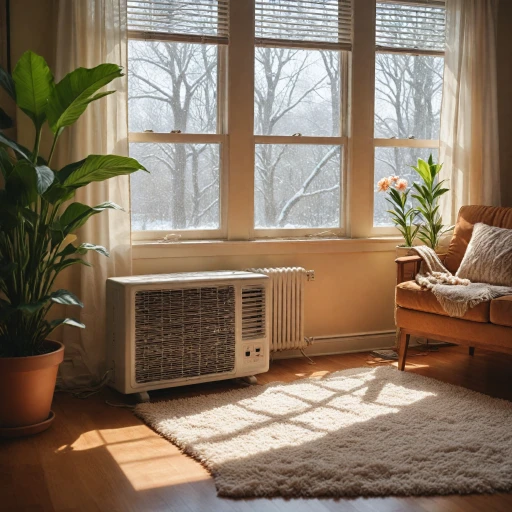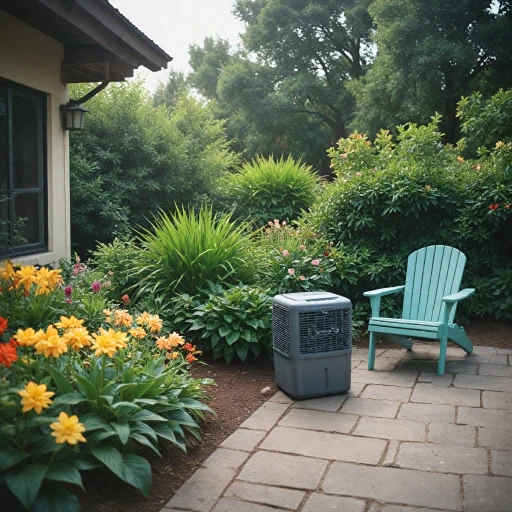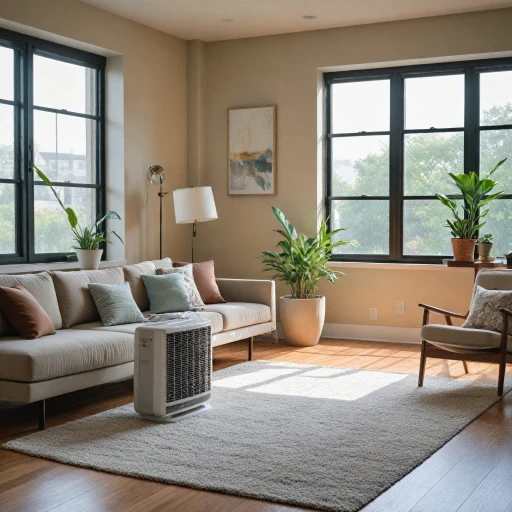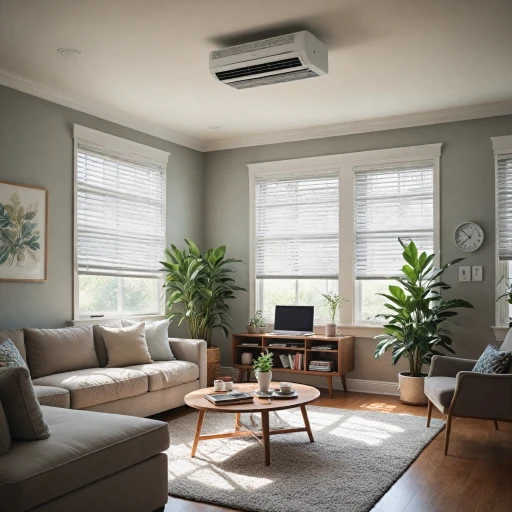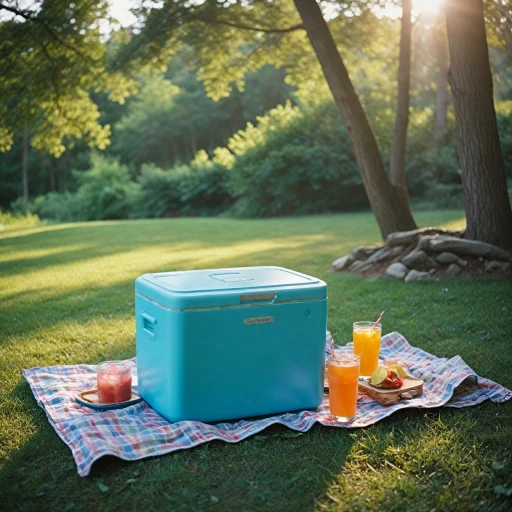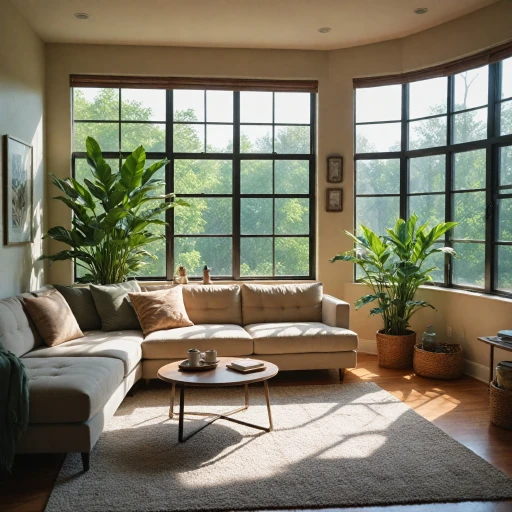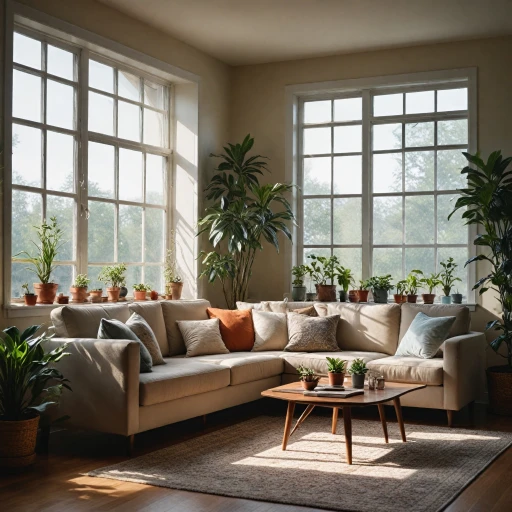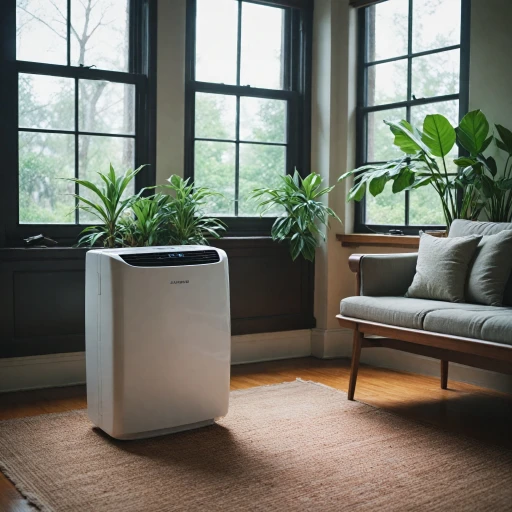
How Portable Evaporative Coolers Work
Evaporative Cooling Mechanism
Portable evaporative coolers, also known as swamp coolers, operate on a natural cooling process that utilizes the power of evaporation. When warm air passes through a medium saturated with water, the water absorbs the heat, effectively lowering the air temperature. Unlike air conditioners that use refrigerants, evaporative coolers rely on this simple yet efficient method to produce cool air.Key Components of Portable Evaporative Coolers
At the core of an evaporative cooler is a fan that draws warm air into the unit, a water pump that distributes water over cooling pads, and an air filter. These components work in unison to achieve the desired cooling effect. The fan, often measured in cubic feet per minute (cfm), dictates the cooler's capacity to move air, making it a crucial factor in choosing the right unit for your space.Understanding the Difference from Air Conditioners
In contrast to traditional air conditioners, portable evaporative coolers do not require complicated ductwork or a reliable electricity source to function effectively. They are energy-efficient, cost-effective, and environmentally friendly, making them a popular choice in dry climates where their performance is maximized. For more in-depth insight into how evaporative coolers differ from their conventional counterparts, you might find this comprehensive guide useful.Application in Indoor and Outdoor Settings
The versatility of portable evaporative air coolers makes them suitable for both indoor and outdoor environments. Whether you're looking to cool down a particular room or enjoy a refreshing breeze on your patio, these coolers can be a practical solution. Different models like the Honeywell air cooler and the Portacool provide varying cooling capacities, accommodating diverse needs and preferences. The addition of a remote control in some models offers added convenience, allowing for easy operation from a distance.Benefits of Using Portable Evaporative Coolers
Advantages of Portable Evaporative Coolers
Portable evaporative coolers, often referred to as swamp coolers, offer a range of benefits that make them an attractive option for those seeking efficient and eco-friendly cooling solutions. These devices are particularly effective in dry climates, where they can provide a refreshing breeze without the high energy costs associated with traditional air conditioning systems.
Energy Efficiency and Cost Savings
One of the most significant advantages of using portable evaporative coolers is their energy efficiency. Unlike conventional air conditioners, which rely on refrigerants and compressors, evaporative coolers use the natural process of water evaporation to cool the air. This method consumes significantly less electricity, leading to lower utility bills. For those looking to save on cooling costs, these coolers offer an economical alternative.
Eco-Friendly Cooling
Evaporative coolers are environmentally friendly, as they do not use harmful chemicals or refrigerants. By utilizing water and a fan to produce cool air, they minimize the carbon footprint associated with cooling. This makes them a sustainable choice for those conscious of their environmental impact.
Improved Air Quality
In addition to cooling, portable evaporative coolers can improve indoor air quality. As they operate, they add moisture to the air, which can be beneficial in dry environments. This added humidity can help alleviate symptoms associated with dry air, such as dry skin and respiratory issues. Furthermore, many models come with filters that help remove dust and allergens, contributing to a healthier indoor environment.
Versatility and Portability
These coolers are designed to be portable, allowing users to move them from room to room or even use them in outdoor settings. This flexibility makes them ideal for cooling specific areas without the need for permanent installation. Whether you need to cool a living room, bedroom, or outdoor patio, a portable evaporative cooler can be a convenient solution.
Affordability
Compared to traditional air conditioning units, portable evaporative coolers are generally more affordable. They come in a range of sizes and capacities, allowing consumers to choose a model that fits their budget and cooling needs. With a variety of products available at different price points, there is likely an option for everyone.
For more detailed insights into portable air cooling options, you can explore this comprehensive guide on portable AC units with ductwork.
Challenges and Limitations
Recognizing the Drawbacks of Portable Evaporative Coolers
While portable evaporative coolers can be an effective cooling solution, they do come with certain challenges and limitations that should be considered before purchase. One of the primary challenges is their dependency on the climate. These coolers perform best in areas with low humidity, as their primary function relies on evaporating water to reduce air temperatures. In more humid environments, the effectiveness of evaporative cooling can diminish significantly. Additionally, these units require a consistent water supply to maintain their cooling efficiency. Keeping the reservoir filled can be a tedious task if your unit doesn't come with a continuous water supply option. Without enough water, the cooler’s performance will drop, and you may find it more akin to just a regular fan. While they are energy-efficient compared to traditional air conditioners, their cooling capacity measured in ‘cooler cfm’ might not match the expectations of those used to more powerful cooling systems. This is particularly noticeable in larger rooms or when cooling outdoor spaces where the cooling effect can dissipate quickly. Noise levels can also be a point of contention for some users. Although swamp coolers generally emit less noise than air conditioners, the sound of the fan or pump can still be disruptive, especially in quiet environments. Lastly, the initial price might seem appealing, but potential additional costs for continuous water refills, maintenance, and perhaps a dehumidifier in more humid climates, should also be factored in. In summary, while portable evaporative air coolers offer several advantages, it's crucial to assess these aspects in relation to your specific environment and cooling needs to ensure you make an informed decision.Choosing the Right Portable Evaporative Cooler
Key Considerations for Selecting Your Next Evaporative Air Cooler
Selecting the ideal portable evaporative cooler for your needs can be quite a task, given the variety of products available on the market. Here are some important factors to keep in mind:- Cooler CFM (Cubic Feet per Minute): The cooler cfm rating is crucial when choosing a unit because it determines how much air the cooler can circulate per minute. The larger the room, the higher the cfm you’ll need to effectively cool the space.
- Size and Capacity: Evaluate the size of the space you intend to cool. Large areas, such as outdoor patios or big living rooms, may require a larger evaporative air cooler. On the other hand, a small, portable unit could suffice for more confined rooms.
- Water Tank Capacity: Since evaporative coolers rely on water to generate cool air, a larger tank means longer cooling times without needing frequent refills. For those who are away from home often, a larger capacity is beneficial to maintain continuous operation.
- Portability: Look for units with built-in wheels and handles if you plan to move the cooler between different rooms or outdoor spaces frequently. These features make it easier to enjoy portable air throughout your home or at gatherings.
- Price Range: Pay attention to the price to ensure it matches your budget. Prices can vary based on capacity, brand, and additional features like remote control options.
- Energy Efficiency: Evaporative coolers generally use less energy compared to traditional air conditioning units. However, checking the energy consumption specifics can help you find the most efficient model to keep operational costs down.
- Additional Features: Some coolers come with extra features like remote control, adjustable speeds, or oscillating fans. These can enhance your comfort and control over the cooling process.
Maintenance Tips for Optimal Performance
Regular Maintenance for Longevity
To ensure your portable evaporative cooler operates efficiently, regular maintenance is crucial. These coolers rely on water and airflow to provide effective cooling, so keeping them in top shape is essential for optimal performance.
Water Management
One of the key components of an evaporative cooler is its water system. Regularly check the water level and refill the tank as needed. Using clean water helps prevent mineral buildup, which can affect the cooler's efficiency. If your model has a water filter, ensure it's cleaned or replaced according to the manufacturer's instructions.
Cleaning the Cooler
Dust and debris can accumulate in the cooler, affecting airflow and cooling capacity. Regularly clean the exterior and interior parts, including the fan and water reservoir. For swamp coolers, the pads should be inspected and replaced if they become clogged or damaged. This helps maintain the cooler's CFM (cubic feet per minute) performance, ensuring it delivers cool air effectively.
Inspecting the Fan and Motor
The fan and motor are critical for circulating air. Check these components for any signs of wear or damage. Lubricate the motor if necessary, and ensure the fan blades are clean and free from obstructions. This will help maintain the cooler's efficiency and prolong its lifespan.
Using the Right Settings
Many portable evaporative coolers come with a remote control for easy operation. Familiarize yourself with the settings to optimize performance. Adjust the fan speed and cooling mode based on the room size and outdoor conditions. This not only enhances cooling but also conserves energy.
Seasonal Storage
When the cooling season ends, proper storage is important. Drain the water tank and clean all components thoroughly. Store the cooler in a dry place to prevent mold and mildew. Covering the unit can also protect it from dust and damage during the off-season.
By following these maintenance tips, you can ensure your portable evaporative cooler remains a reliable and efficient solution for your cooling needs.
Comparing Portable Evaporative Coolers to Other Cooling Options
Comparing Different Cooling Approaches: Which One is Ideal for You?
When considering a portable cooling solution, it’s crucial to understand how different options stack up against portable evaporative coolers. Here’s a quick comparison to help you weigh your choices effectively.- Evaporative Coolers vs. Traditional Air Conditioners: Evaporative coolers, often referred to as swamp coolers, utilize the cooling power of water and a fan to reduce air temperature, being most efficient in dry climates. Traditional air conditioners, on the other hand, use refrigerants to lower temperatures, providing a consistent cooling regardless of the humidity levels. This makes them more versatile but also more costly in terms of energy consumption. If your outdoor conditions permit, evaporative cooling could be a cost-effective option.
- Budget Considerations: The regular price of portable evaporative coolers is generally lower than that of portable air conditioners. For many, the initial cost savings of an evaporative air cooler can make a significant difference, especially if cooling a small room or outdoor area where a full-fledged air conditioning system would be overkill.
- Environmental Impact: Evaporative coolers have an eco-friendly edge, as they use less energy and do not require harmful chemical refrigerants like air conditioners. For environmentally conscious consumers, this could tilt the balance in favor of coolers that depend on natural evaporative cooling processes.
- Ease of Installation and Mobility: Portable evaporative coolers are typically easier to set up with no complicated installation required. Many models come with features such as remote control for added convenience. The Honeywell air coolers exemplify product design that promotes free movement and adaptability in various environments.
- Airflow Capacity: This is measured in cubic feet per minute (cfm). It’s essential to match the cooler cfm to the size of your room for optimal performance. Although swamp coolers may not match the cooling power of modern air conditioners, they can be highly effective in larger, well-ventilated areas where a consistent breeze of cool air is desired.

